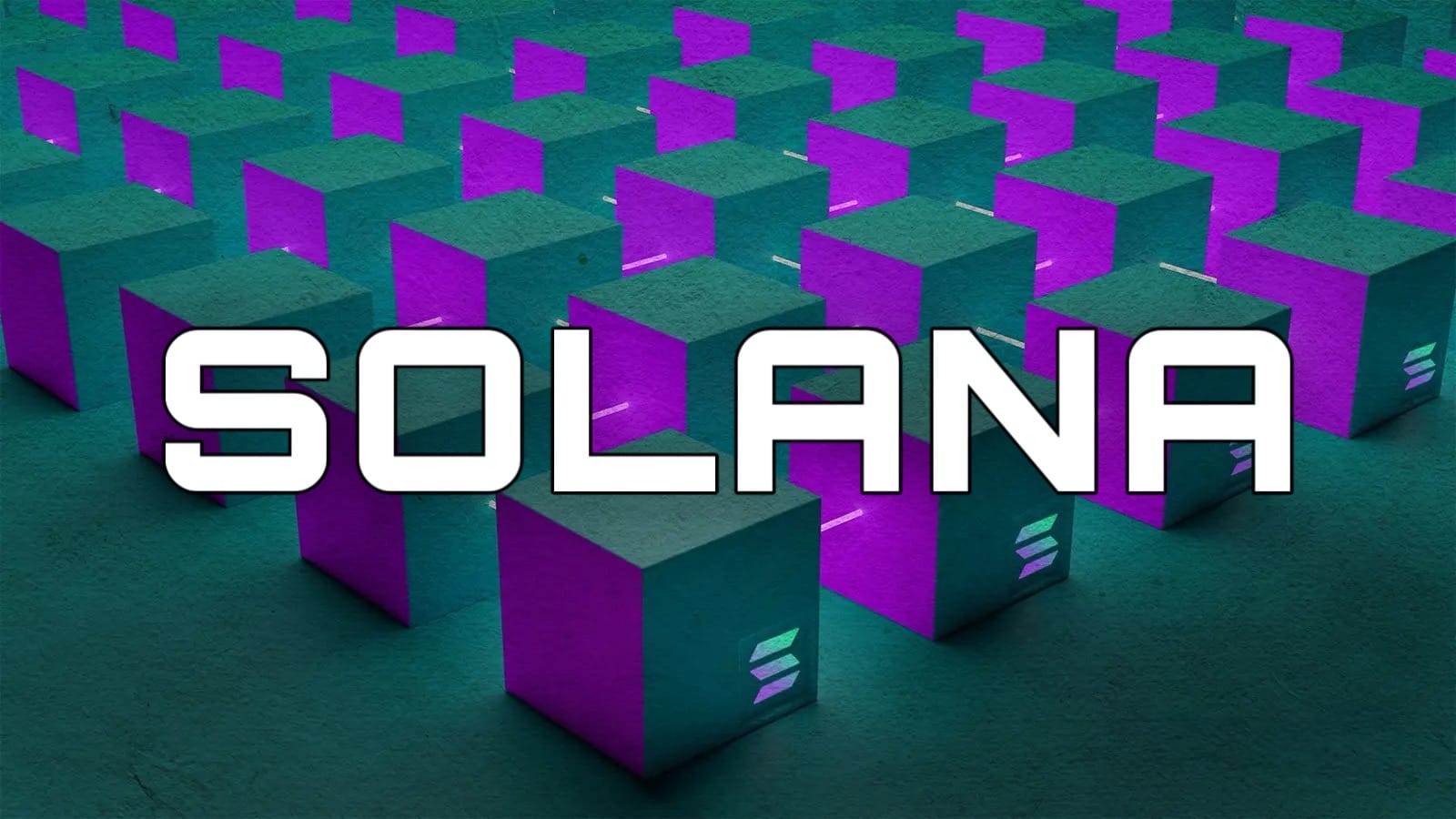Uniswap CEO Hayden Adams Praises Solana DeFi Strategy Over Ethereum Scaling Approach

In a recent statement, Hayden Adams, CEO of Uniswap Labs, shared his perspective on the future of decentralized finance. Adams highlighted Solana’s roadmap, team, and approach as a potentially stronger foundation for DeFi applications compared to Ethereum’s long-standing strategy. His comments have drawn attention to the ongoing debate about the best way to scale blockchain networks for DeFi’s growing demands. Adams noted that Solana’s focus on enhancing its Layer 1 infrastructure through vertical scaling offers a streamlined path for DeFi development, while Ethereum has been committed to a Layer 2-centric horizontal scaling model for over five years.
Adams’ remarks come at a time when the crypto industry is closely evaluating the scalability and performance of major blockchains. Solana has gained recognition for its ability to process transactions at an impressive rate, with reports from Solana Compass indicating it can handle up to 65,000 transactions per second with confirmations often completed in under a second. This high throughput makes it an attractive platform for DeFi applications, where speed and cost-efficiency are critical for user adoption.
Ethereum, on the other hand, has historically struggled with its Layer 1 performance, managing only 15 to 30 transactions per second. This limitation often results in higher transaction fees and slower processing times, which can hinder the user experience in DeFi protocols during periods of network congestion.
Solana has a better roadmap, team, and and approach if the plan is to do defi on L1 /vertical scaling
— Hayden Adams 🦄 (@haydenzadams) April 19, 2025
Ethereum has been working towards L2 centric / horizontal scaling roadmap for 5+ years
You want to throw this away at the final stretch because of what reason?
Comparing Solana and Ethereum Scaling Strategies
Solana’s vertical scaling approach focuses on optimizing its base layer to handle a high volume of transactions directly on the main chain, aiming to keep the ecosystem unified and efficient. Ethereum’s strategy, however, involves distributing the workload across Layer 2 solutions like rollups and shards, which process transactions off the main chain while still leveraging Ethereum’s security. While this horizontal scaling method has enabled Ethereum to support a growing number of applications, it introduces complexities such as bridging assets between layers and potential fragmentation of liquidity. Adams’ comments suggest that Solana’s more cohesive Layer 1 model could provide a smoother experience for DeFi users, avoiding the challenges associated with Ethereum’s multi-layered ecosystem.
Some users see Adam’s perspective as a validation of Solana’s potential to lead in DeFi, while others remain optimistic about Ethereum’s long-term vision, citing its robust developer ecosystem and ongoing upgrades. As the competition between these two blockchains continues, Adams’ remarks underscore the importance of scalability in shaping the future of decentralized finance.

